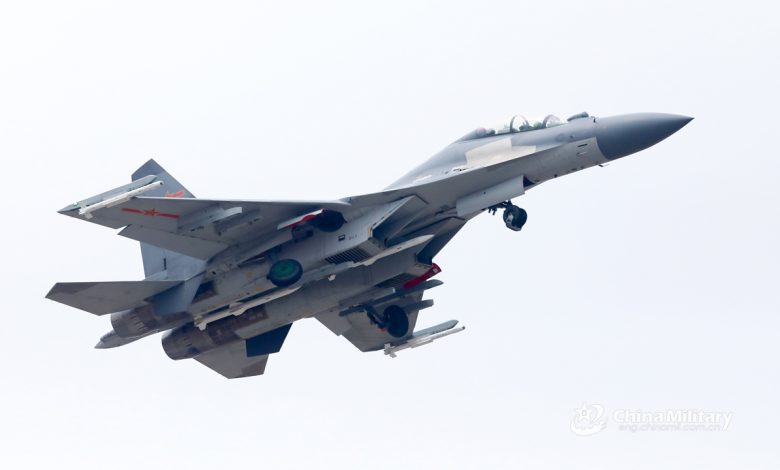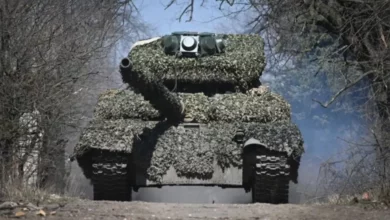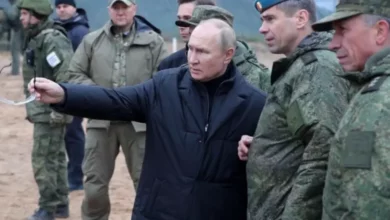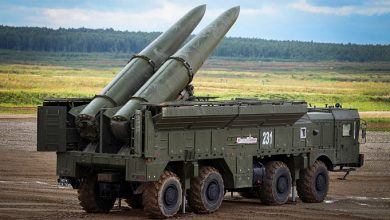Defence News
China’s J-16D Electronic Warfare Jet to Make Debut at Airshow China

The J-16D, the electronic warfare variant of China’s J-16 fighter jet, will make its debut at the Airshow China next week. This indicates that the aircraft is in service with the People’s Liberation Army (PLA) and will give it an edge in electromagnetic space with powerful jamming capability, experts said on Wednesday.
A J-16D aircraft landed in Zhuhai, South China’s Guangdong Province on Tuesday afternoon in preparation for its debut at the Airshow China, to be held from September 28 to October 3 in the city, China Central Television (CCTV) reported on Wednesday.
The J-16D is China’s domestically developed electronic warfare aircraft based on the J-16 fighter jet, Guangdong-based news website southcn.com reported.





